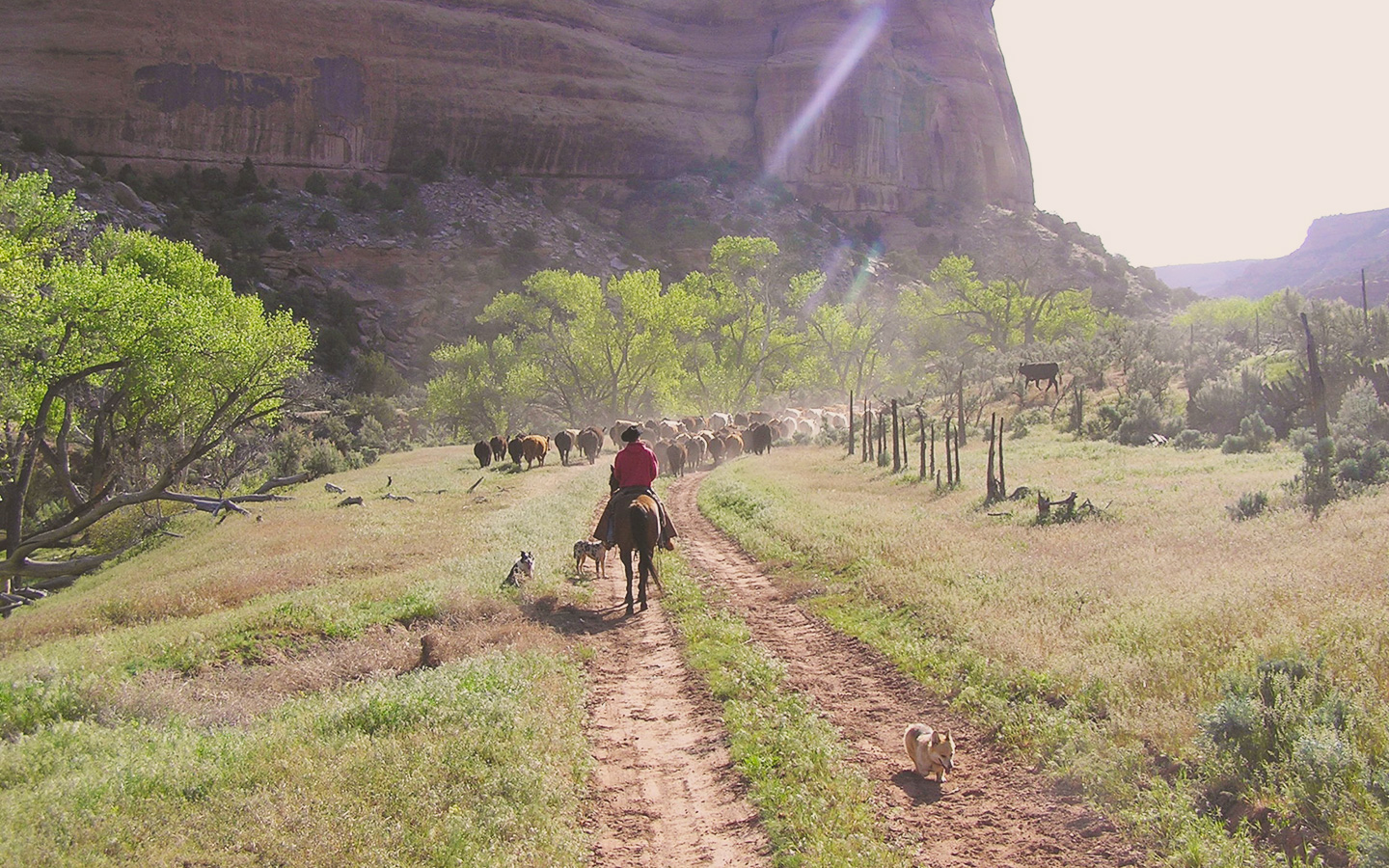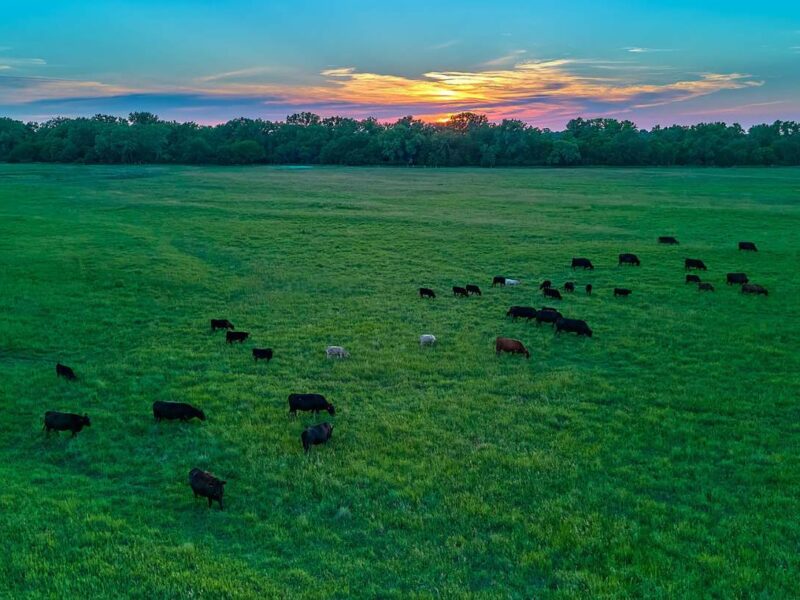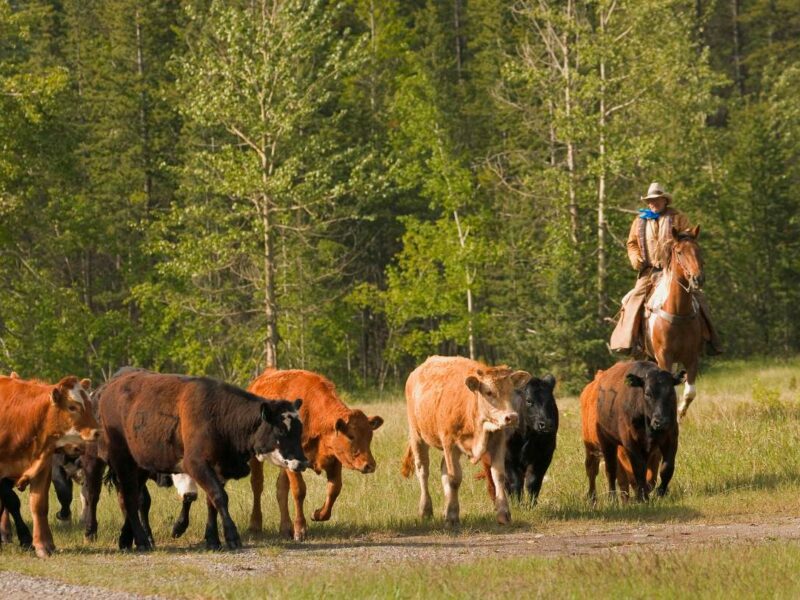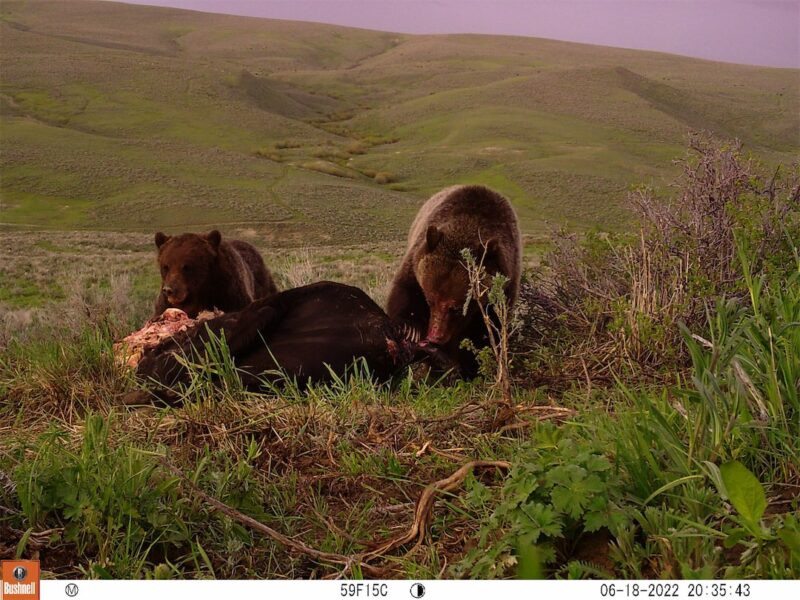
Colorado’s Mountain Island
We own and operate a large ranch on public and private property in far western Colorado and eastern Utah and raise organic grassfed beef and organic hay. Our most profitable enterprise is elk and deer outfitting. With the upcoming public vote in Colorado on whether to direct Colorado Parks and Wildlife to develop reintroduction plans for wolves, that controversial creature is of course on our minds. Aside from the vote forcing us to consider the issue, in recent years wolves have naturally dispersed from the northern Rockies into northwestern Colorado, so like it or not, Coloradans are experiencing the topic of wolf management – just not in the flesh yet.
There’s no question wolves would end up coming to hunt the abundant deer and elk populations that grace the wild and unpopulated country we steward. In fact, they’d likely be right outside the living room window, where many hundreds of deer migrate by twice annually to fatten on our hay fields. We already lose our fair share of cattle every year to predation and other factors, and we’d lose more with wolves. And we’d likely have reductions made to the game tags we can outfit.
We’re well aware of the challenges ranchers have faced elsewhere when running livestock in wolf country, and as if ranchers didn’t already have enough to do each day, it’s clear that wolf presence greatly lengthens that list. Meanwhile, we see the results of enormous browsing pressure from elk and deer on the young shoots of the aspen forests of our high country – forests already deeply stressed by drought. Would wolves do what textbooks predict and keep those ungulates on the move, unable to severely affect any one area? Would that ruin our hunting program? Will wolf tourists trespass in hopes of a photo? Would there be positive ripple effects from a new top dog entering the food chain? Would a system be developed that smartly compensates us for the financial losses and associated hassles of providing a public service by hosting wolves in our office? We don’t know; it’s complicated.
There’s no question wolves would end up coming to hunt the abundant deer and elk populations that grace the wild and unpopulated country we steward. In fact, they’d likely be right outside the living room window.
Kenyon Fields and Mary Conover
One of the more fascinating aspects of wolf-human coexistence is the importance of nuance – a trait often lost from public discourse, particularly around an emotional and controversial topic. As we consider our feelings about this most complicated topic, we know that many Coloradans have no experience whatsoever in land stewardship and in the nuances that will really matter to ranchers. And ranchers like us have plenty of stewardship experience, but not with wolves. A wolf management plan that learns from other state’s lessons, and which respects the importance of these nuances, will be key if we are to make this work.
Let’s look at but one example. An urban wolf supporter might say, “Hey, just pay ranchers the market value of the cattle that wolves eat.” For us, it’s not like you just walk out to the feedlot and count heads and see how many are missing. Due to the vast ruggedness of the terrain of our ranch, we find only some of our dead cattle and rarely know why they died. If it was predation, we can’t tell by what, because by the time we find the carcass – if we do – everything from lions to bears to eagles and magpies has had a bite.
Suppose Colorado established a liberal compensation program, and we don’t have to prove who ate the animal. Simply compensating us based on a view of a cow as a piece of meat worth X on the market misses the fact that she also likely represents much deliberate effort to breed a certain genetics, and that if she’s say, 8 years old, she knows her way around the landscape and can lead others to the right pass over the mountain, to that water hole, etc. In other words, she’s worth more than her weight.
Any rancher could fill pages of such examples, and thus the matter of wolf coexistence requires a lot of mutual understanding from all of the involved parties, and ultimately, requires the respect to listen to each other’s realities. And our nuances here might not be the same as a rancher’s in Montana. There’s no formula. There isn’t a single right-answer scientific paper.
But we want to try it out. Call us naive, ok, but almost every country in densely-populated continental Europe has made room for this problematic, totemic, beguiling native species. We’re up for the challenge, aware that we may well sing a different tune down the road! Ultimately, this is the American West – a place of imposing landscapes and a fitting toughness and determination in its populace. Ranchers in particular are a creative, unflappable lot. Fixing problems is about 75% of what we do each day. The emotional and financial stresses ranchers have experienced in wolf country are very real. But we wonder: would these problems be offset by the pride and wonder we might experience knowing we’ve helped a significant missing ecological component return to the landscape?




